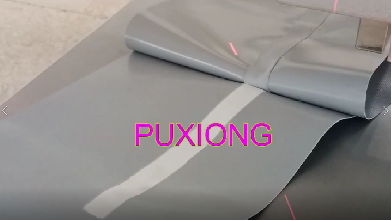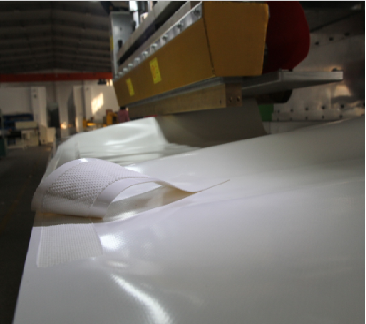


The great advantage of HF welding is best welding strength within a few seconds: the material is heated from the inside and fuses quickly, within few seconds. In comparison with high frequency, in all other kinds of welding methods (with filaments, hot air or infrared radiation) the heat has to be added from the outside.
It means the heat must first penetrate the material in order to make it plastic enough to form a weld. The main risk of this kind of treatment is burning the top layer of welded material. In a high frequency field some materials generate more heat than others, and are therefore more suitable for HF welding. This has to do with the extent to which the molecules of the material allow themselves to vibrate as a result of the HF field. This is known as the loss factor of the material.
The greater the loss factor of the material, the easier it is to weld the material using high frequency equipment. Particularly easy to weld are thermoplastics, such as PVC and PU; these materials are specifically welded using high-frequency welding machines. PE and other hard plastics are much more difficult to weld with HF method.